Introduction
In the bustling world of modern grocery stores and markets, the arrival of freshly harvested vegetables marks a pivotal moment. These vibrant, nutrient-rich foods are the cornerstone of healthy diets and play a crucial role in maintaining the well-being of consumers. However, ensuring that these vegetables retain their freshness from the moment they arrive until they reach the consumer’s plate is a complex and multifaceted challenge. This article delves into the various strategies and techniques employed to preserve the freshness of newly arrived vegetables, exploring everything from transportation and storage conditions to packaging innovations and consumer education. By understanding these practices, we can appreciate the intricate dance of logistics, science, and consumer behavior that keeps our vegetable supply chain fresh and vibrant.
Transportation and Handling: The First Line of Defense
The journey of fresh vegetables from farm to market begins with careful transportation. The primary goal during this phase is to minimize stress on the produce, control temperature and humidity, and prevent physical damage. Here are some key strategies employed during transportation:
-
Temperature Control: Fresh vegetables are highly susceptible to temperature fluctuations. To maintain optimal freshness, they must be transported within a specific temperature range, typically between 2°C and 10°C (35.6°F and 50°F), depending on the type of vegetable. Refrigerated trucks and containers equipped with advanced cooling systems are essential for this purpose. These systems not only maintain a consistent temperature but also monitor humidity levels to prevent dehydration.
-
Humidity Management: Maintaining the right humidity level is crucial for preventing moisture loss, which can lead to wilting and reduced shelf life. Refrigerated vehicles often incorporate humidity control mechanisms, such as misting systems or humidity-regulating packaging, to ensure that vegetables remain hydrated.
-
Shock Absorption and Protection: Physical damage, such as bruises or cracks, can accelerate spoilage. To prevent this, vegetables are often packed in protective materials like foam trays, bubble wrap, or crinkle-cut paper. These materials cushion the produce against impacts and vibrations during transit.

-
Speed and Efficiency: The faster vegetables can be transported from the farm to the market, the fresher they will be. This requires efficient logistics planning, including optimal routing, minimizing stops, and using high-speed transportation modes when possible.
Storage Conditions: Maintaining Optimal Freshness
Once vegetables arrive at their destination, proper storage conditions are essential to maintain their freshness. This involves a combination of temperature control, humidity management, and air circulation:
-
Cold Storage Facilities: Commercial cold storage facilities are designed to maintain consistent, low temperatures and controlled humidity levels. These facilities use advanced refrigeration systems and often incorporate energy-efficient technologies to reduce environmental impact. Different types of vegetables may require different storage temperatures, so careful segregation is necessary.
-
Ventilation and Air Circulation: Good air circulation within storage areas helps prevent the build-up of ethylene gas, which can accelerate ripening and spoilage in some vegetables. Ventilation systems are designed to circulate air evenly, ensuring that all produce receives adequate oxygen and that harmful gases are dispersed.
-
Humidity and Moisture Control: As mentioned earlier, maintaining the correct humidity level is crucial. In cold storage, this is often achieved through the use of dehumidifiers and humidifiers, which work in tandem to keep humidity within an optimal range.
-
Sanitation and Hygiene: Cleanliness is paramount in any storage environment. Regular cleaning and sanitizing of storage areas, equipment, and packaging materials help prevent the growth of mold, bacteria, and other contaminants that can shorten the shelf life of vegetables.
Packaging Innovations: Extending Shelf Life
Packaging plays a vital role in preserving the freshness of vegetables. Modern packaging solutions are designed not only to protect produce from physical damage but also to regulate gas exchange, control humidity, and extend shelf life. Here are some innovative packaging techniques:
-
Modified Atmosphere Packaging (MAP): MAP involves sealing vegetables in packaging that has a controlled atmosphere, typically with reduced oxygen and increased carbon dioxide levels. This slows down respiration and metabolic processes, thereby extending shelf life. Some MAP systems also incorporate ethylene scavengers to remove this ripening hormone from the packaging environment.
-
Active and Intelligent Packaging: Active packaging incorporates substances that interact with the produce or the packaging environment to maintain freshness. For example, antioxidants can be added to packaging materials to neutralize free radicals that cause spoilage. Intelligent packaging, on the other hand, uses sensors to monitor conditions such as temperature, humidity, and gas composition, providing real-time data that can be used to adjust storage conditions.
-
Biodegradable and Eco-Friendly Materials: As consumer awareness of environmental issues grows, there is a increasing demand for biodegradable and eco-friendly packaging solutions. These materials, such as paper, PLA (polylactic acid), and other plant-based plastics, offer a sustainable alternative to traditional packaging while still providing effective protection for vegetables.
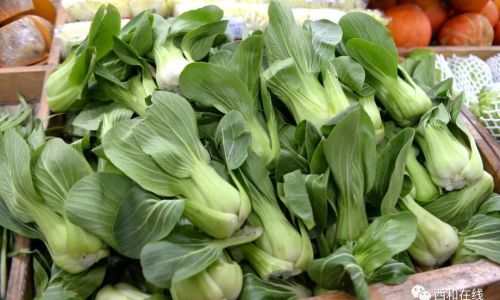
-
Vacuum and Gas-Flush Packaging: Vacuum packaging removes oxygen from the packaging environment, creating an anaerobic condition that slows down spoilage. Gas-flush packaging replaces the oxygen with an inert gas, such as nitrogen, which also helps to extend shelf life.
Consumer Education and Handling Tips
Even with the best transportation, storage, and packaging practices, consumers play a crucial role in maintaining the freshness of vegetables once they reach home. Educating consumers on proper handling and storage techniques can significantly extend the shelf life of produce:
-
Proper Refrigeration: Consumers should store vegetables in the refrigerator’s crisper drawers, which are designed to maintain optimal humidity and temperature levels for fresh produce. It’s important to note that not all vegetables require refrigeration; some, like potatoes and onions, should be stored in a cool, dark place.
-
Washing Before Use: Vegetables should be washed thoroughly under running water before consumption to remove dirt, pesticides, and other contaminants. However, it’s best to wash them just before use to prevent moisture-related spoilage.
-
Avoiding Overcrowding: Storing vegetables in crowded containers can lead to bruising and accelerated spoilage. It’s important to give each type of vegetable enough space to breathe and to avoid stacking them too high.
-
Using Airtight Containers: For vegetables that are not being consumed immediately, airtight containers can help maintain freshness by preventing moisture loss and the ingress of oxygen.
-
Understanding Shelf Life: Consumers should be aware of the approximate shelf life of different types of vegetables and plan their meals accordingly. Knowing when to use certain vegetables can help reduce food waste and ensure that produce is consumed at its peak freshness.
Conclusion
Preserving the freshness of newly arrived vegetables is a complex process that involves a combination of transportation, storage, packaging, and consumer education. By employing advanced technologies and practices, the food industry can ensure that vegetables remain vibrant, nutritious, and delicious from farm to table. As consumer preferences continue to evolve and environmental concerns become more pressing, there is a growing need for innovative solutions that balance freshness preservation with sustainability. By working together, industry stakeholders and consumers can create a more resilient and sustainable food system that delivers fresh, healthy vegetables to everyone who needs them.
In summary, the preservation of vegetable freshness is a multifaceted endeavor that requires careful planning and execution at every stage of the supply chain. From the moment vegetables are harvested to the moment they are consumed, a series of meticulous practices and technologies are employed to maintain their quality and nutritional value. By understanding and implementing these strategies, we can ensure that fresh vegetables continue to play a vital role in promoting healthy diets and sustainable food systems.
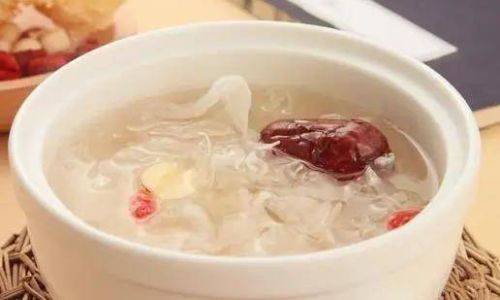

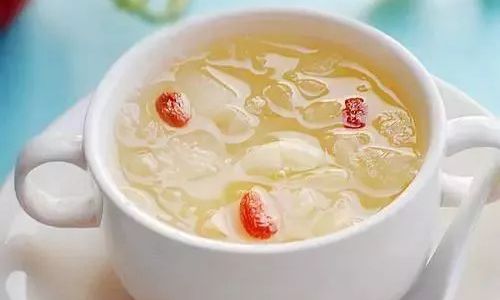
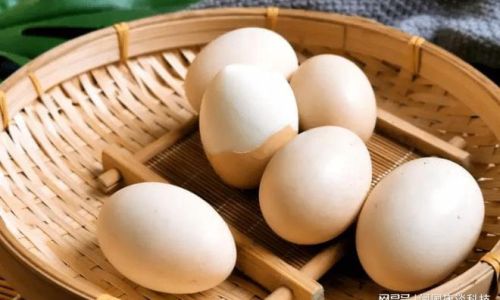
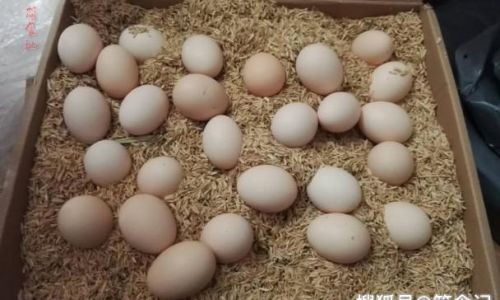

0 comments